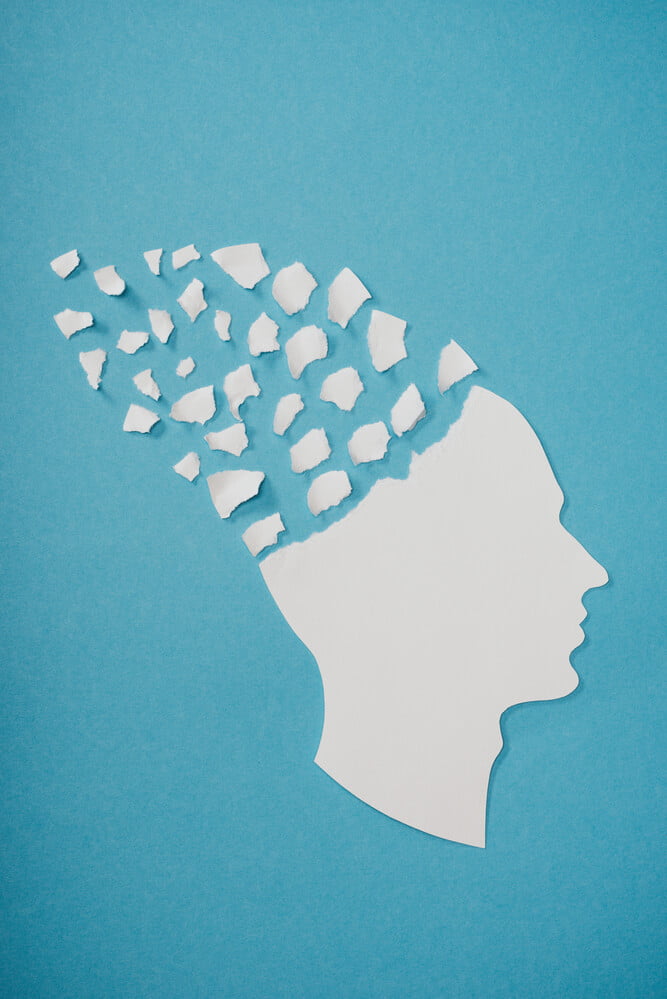
The Answer to Anxiety
Change Your Brainwaves, Change Your Life
Get your FREE copy now!
Home » Partial Differential Psycho Physiological Surfaces: A Method for Mapping and Altering Human Mind States
The recent availability of sophisticated computerized EEG analysis equipment, has popularized “brain mapping”, bringing many varieties of colorful types of displays, each one capable [with varying degrees of resolution] of imaging happy brains, depressed brains, active brains, resting brains, etc. In spite of their many variations, all of these “brain mapping” techniques are alike in that they are purely descriptive and do not have a predictive or prescriptive capability. The current mapping techniques can describe a happy brain or a depressed brain, but they can not predict or prescribe what brain parameters to change, or what sequence of changes to make, or in what direction to make the changes in order for the person to change from a feeling of depressed to happy, or from sleepy to vigor, or from confused to clear thinking. As a consequence, much EEG feedback is misguided, or worse, unguided.
We use cookies on our website to give you the most relevant experience by remembering your preferences and repeat visits. By clicking "Accept", or continuing to use this website, you consent to our use of ALL cookies. For more information on how we use cookies, please review our Privacy Policy.

Get your FREE copy now!